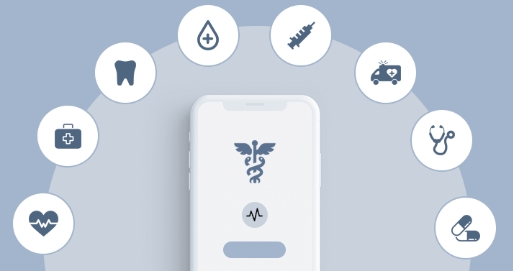Mobile devices have completely transformed the way healthcare is delivered and accessed. From smartphones to tablets, these devices have revolutionized patient care in numerous ways.
Improved Communication
Mobile devices allow healthcare providers to communicate more effectively with patients. Through text messaging, phone calls, and video conferencing, healthcare professionals can quickly connect with patients to provide real-time support and guidance.
Remote Monitoring
Mobile devices also enable remote monitoring of patients’ vital signs and health data. Through wearable technology and mobile apps, healthcare providers can track patients’ progress and make adjustments to their treatment plans as needed.
Increased Accessibility
Patients can now access healthcare services from anywhere, at any time, thanks to mobile devices. They can schedule appointments, receive lab results, and consult with healthcare providers without having to leave their homes.
Enhanced Patient Engagement
Mobile devices have empowered patients to take control of their health. Through health and fitness apps, patients can track their physical activity, monitor their diet, and set goals for themselves. This leads to increased patient engagement and better health outcomes.
Streamlined Operations
Healthcare organizations have also benefited from mobile devices. Electronic health record systems and mobile apps have streamlined administrative processes, reducing paperwork and improving efficiency.
Challenges to Overcome
Despite the numerous benefits of mobile devices in healthcare, there are still challenges to overcome. Issues such as data security, interoperability, and patient privacy concerns must be addressed to ensure the safe and effective use of mobile technology in patient care.
In conclusion, mobile devices have had a profound impact on patient care, revolutionizing the way healthcare is delivered and accessed. By harnessing the power of these devices, healthcare providers can improve communication, monitor patients remotely, increase accessibility, and enhance patient engagement. As technology continues to advance, the possibilities for revolutionizing healthcare are endless.

